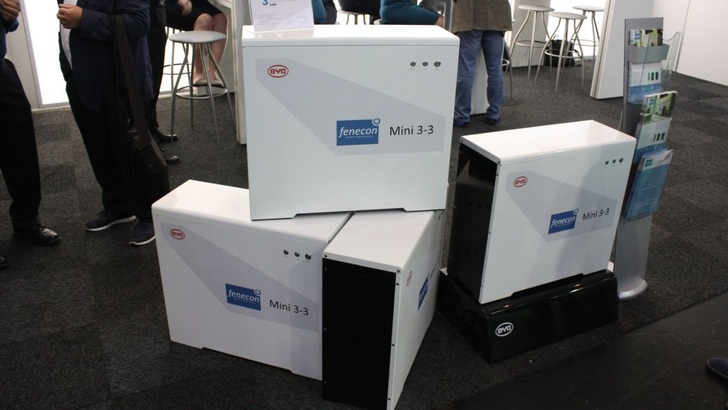In the worst case, they may become a fire hazard during storage or transportation. The wholesalers also have to abide by the regulations on dangerous goods and the handling instructions of the product. For instance, some batteries may not be tipped over. And they must not overheat, neither during use nor during transport.
Heat changes the electrolyte inside the cells
If the electrolyte inside the battery cell becomes too warm, it changes. Such electrochemical and physical processes are usually underestimated. Such a process is irreversible; it can also not be remedied by a particular operating regime or subsequent cooling. Once the electrolyte has changed, the cells are no longer the product tested, according to UN 38.3 and others.
Look at the manufacturer’s safety dossier
Normally, the manufacturers' safety dossier states the maximum temperature for operation and storage: 60 to 65 degrees Celsius are common. When transporting batteries, the recipient should make sure that monitoring the temperature of packages is possible. But there are currently no standards or regulations to that end. (HS)
Look at this, too:
Solar advice: The UN 38.3 certificate is a must
Stay informed, get our newsletter twice a week: Register here.








